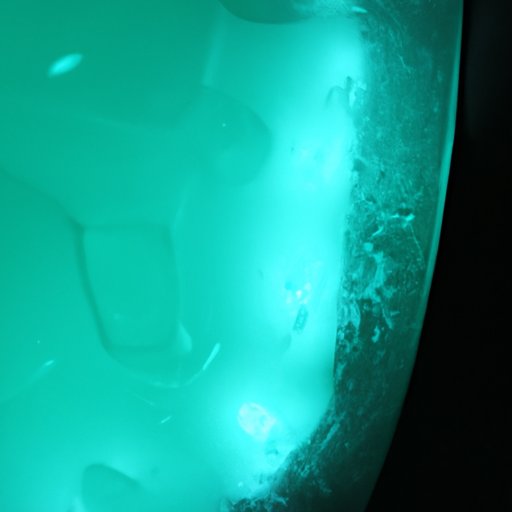Introduction
Analyzing photography can be an exciting and rewarding experience. Whether you are a professional photographer or an amateur enthusiast, understanding how to accurately assess a photograph is an essential skill. This article will provide a comprehensive guide to analyzing photography, from researching the photographer’s style and techniques to evaluating the photograph as a piece of art.
The purpose of this article is to give readers an introduction to the process of analyzing photography. It is intended for both professional and amateur photographers who want to learn more about assessing and interpreting photographs. The article will cover topics such as researching the photographer’s style and techniques, analyzing the composition of the photograph, examining lighting, color, and texture, considering the meaning behind the photograph, and evaluating the photograph as a piece of art.
Researching the Photographer’s Style and Techniques
The first step in analyzing a photograph is to research the photographer’s style and techniques. This can help you understand the context of the photograph and determine what the photographer was trying to communicate. To do this, you should first identify the photographer, if possible. You can usually find this information printed on the back of the photograph or included in the caption of an online image.
Once you know who the photographer is, you can then start to learn more about their background and technique. You may be able to find biographical information about the photographer, which can give you insight into their motivations and values. You can also look at other photographs they have taken to get a sense of their style and approach. This can help you understand the context of the photograph you are analyzing and better appreciate the choices they made.

Analyzing the Composition of the Photograph
The next step in analyzing a photograph is to examine its composition. Composition refers to the way elements are arranged within the frame of the photograph. It can affect the viewer’s perception of the image and the overall impact of the photograph. When analyzing composition, you should consider the placement of the subject, the use of lines, the direction of the gaze, and the balance of light and dark.
When looking at the elements of composition, it can be helpful to explore different points of view. Try looking at the photograph from different angles, moving closer or further away, or turning it upside down. This can help you gain a new perspective on the photograph and see things that you may have missed before.
Examining Lighting, Color, and Texture
Another important aspect of analyzing a photograph is examining the lighting, color, and texture. Lighting can be used to create mood and atmosphere in a photograph, while color and texture can evoke emotion and draw the viewer’s attention. When analyzing these elements, it is important to consider how they work together to create a unified effect.
When looking at the use of light, consider how it affects the tone and atmosphere of the photograph. Is the light natural or artificial? Does it create a sense of warmth or coldness? How does it highlight the subject? Analyzing the use of color and texture can also help you understand the impact of the photograph. Are there any dominant colors or textures that draw the eye? What emotions do they evoke in the viewer?

Considering the Meaning Behind the Photograph
In addition to the technical aspects of analyzing a photograph, it is also important to consider the meaning behind the image. Every photograph tells a story, and it is up to the viewer to interpret that story. When looking for the message or story behind a photograph, consider the symbolism, visual metaphors, and juxtapositions that the photographer has used. Are there any hidden symbols or messages that you can uncover?
It can also be helpful to think about the context of the photograph. What was happening when the photograph was taken? What was the photographer trying to communicate with the image? Answering these questions can help you gain a deeper understanding of the photograph and the message it conveys.
Evaluating the Photograph as a Piece of Art
Finally, when analyzing a photograph, you should evaluate it as a piece of art. This means considering the aesthetic value of the photograph and how it fits into the broader history of photography. Analyze the overall effect of the photograph and consider how it compares to other works by the same photographer or in the same genre.
Think about how the photograph makes you feel and why. Is it visually pleasing or jarring? Does it evoke emotion? Does it tell a story or convey a message? Evaluating a photograph in this way can help you gain a deeper appreciation for the artistry of the image and the skill of the photographer.
Conclusion
Analyzing photography can be a fascinating and enlightening experience. By researching the photographer’s style and techniques, examining the composition of the photograph, looking at lighting, color, and texture, considering the meaning behind the image, and evaluating the photograph as a piece of art, you can gain a deeper understanding and appreciation of the photograph.
We hope this article has given you an introduction to the process of analyzing photography. We encourage you to continue exploring and learning more about this fascinating art form. With practice and patience, you can become an expert at analyzing photographs.
(Note: Is this article not meeting your expectations? Do you have knowledge or insights to share? Unlock new opportunities and expand your reach by joining our authors team. Click Registration to join us and share your expertise with our readers.)
